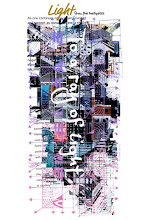Two snakes and pine cones were seen at the feet of the ancient Roman god Aeon, and it was concluded that this was a symbol of Emptiness. The pine cone god can also be found in various places and religions.
In Mesopotamia, pine cones were also seen in the opposite hand of the person holding the handbag.
In ancient Greek religion, this wand was owned by Dionysus and his followers. Called Bucks in Roman mythology, the god of wine in Roman mythology.
There is a relief with the symbol of the cane Thyrsus and the grapes. There are also Tanit, the crescent moon, the sun, etc., which are a collection of symbols.
The cane Thyrsus is sometimes associated with a pottery for drinking wine called a jar (pot = cantaro). In Japan, the jar is a pitcher that holds drinks. Dionysus is also depicted with this jar (Cantaro).
The Theater of Dionysus is located in the Acropolis of Athens, Greece. It can accommodate more than 15,000 people and is said to have been built around the 6th century BC. It still remains from the time it was rebuilt in the 4th century BC (Roman) period), and you can also see reliefs with the motif of Dionysus's life. This theater was used to perform the tragedy dedicated to Dionysus (Greek tragedy) at the Great Dionysia Festival every spring.
The minus of Greek mythology and Roman mythology is the female followers of Dionysus and Bucks. She also carries her pine cone wand Thyrsus.
At Piazza Navona in Rome, Italy, you can see a sculpture of a lion with pine cones.
Sabagios is the god of Phrygia and Thrace, equated with Dionysus of Greece and its predecessor Zagreus, and also with Zeus and Attis. The statue of Sabagios saw pine cones, eagles, and rods of Asclepius.


































0 コメント